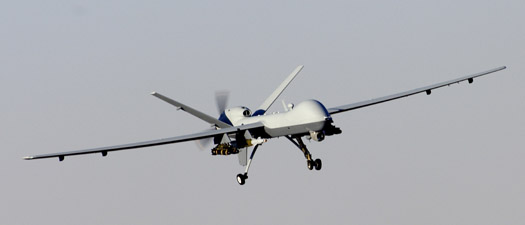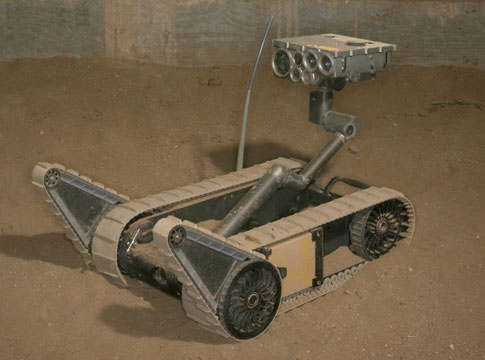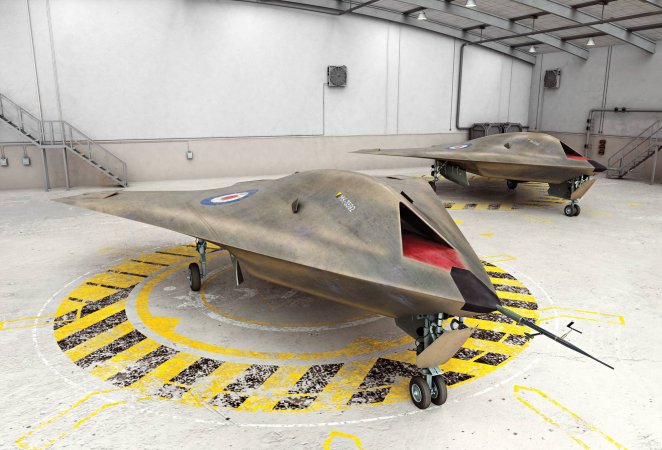

Finding and capturing insurgents behind deadly roadside bomb attacks has proven tricky, but an ex-U.S. Air Force officer says that airships could have deployed as early as 2006 to provide steady surveillance that can track bombers back to their lairs. Now he has gone public with his criticism of how the Air Force shunted aside airships in favor of preserving the roles of aircraft and satellites — an action that he says cost the lives of warfighters. Flightglobal’s DEW Line blog first pointed out a YouTube video that contains the critique.
Watchful airships could allow surveillance teams to rewind camera footage up to the point of an improvised explosive device (IED) attack to see where the attackers came from, or perhaps even watch where the attackers go afterwards. That would enable the tactic called “backtracking,” where soldiers could then nab roadside bombers and possibly their bomb caches. Researchers have independently tried developing software that can predict the location of such insurgent hideouts.
“We have suffered needless deaths since about the middle of 2006 because we are not doing all we know how to do to stop IEDs,” said Ed Herlik, the former officer with the U.S. Air Force Space Command.
Herlik says that both the Space Command and Air Combat Command ignored orders from the U.S. Air Force Chief of Staff back in 2003 to develop and deploy airship technologies. Such airship technologies have now reached the point where it’s just a matter of engineering, as opposed to being pie-in-the-sky or “DARPA hard.”
“At that point, and just as that chief of staff retired, an air force general wrote a cease and desist order countermanding the chief of staff,” Herlik said. “Yes, that is illegal. But they did it anyway.”
An airship design that hovers overhead at 60,000 feet can watch over an area of about 13 square miles. Covering the same area would require four Global Hawk drones operating at 40,000 feet (Global Hawks can reach but can’t sustain altitudes of 60,000 feet), or 13 Predators operating around 19,000 feet. The expense of current drones has meant that the Air Force currently does not engage in useful backtracking, Herlik claims.
By contrast, the U.S. Army has displayed much more interest in an airship that could provide support for its footsloggers. But even its next-gen LEMV airship would only fly at 20,000 feet, which limits the surveillance area at any given time.
We here enjoy watching the demos for each new anti-IED gadget, ranging from [armored airbags to truck-mounted lasers that detonate from a distance. But we have to admit that it’s hard to see why airships haven’t become a greater priority for as basic a tactic as back-tracking enemies to their hideouts — even if lasers are more fun to ogle.
[via Ares Defense Blog and The DEW Line]






















